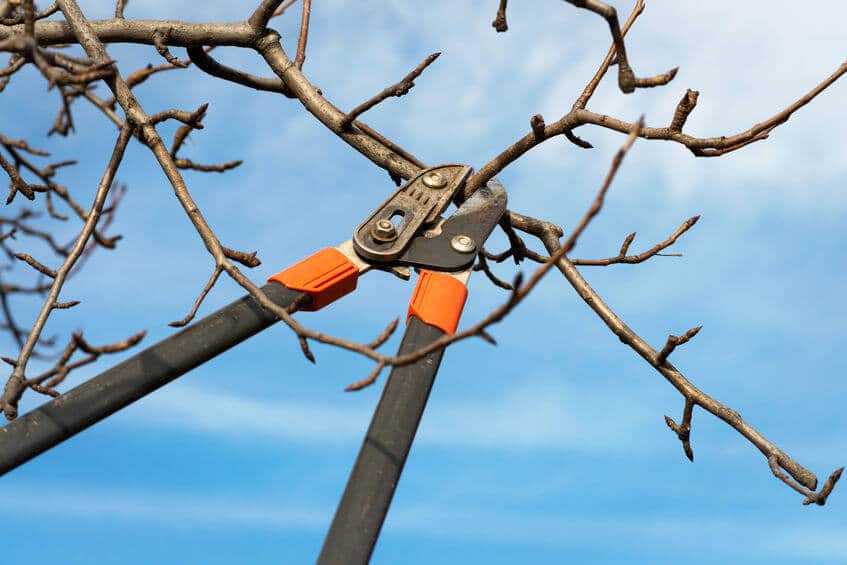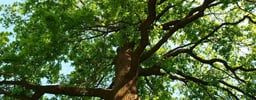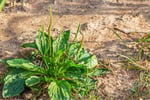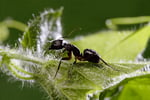It may feel like the end of summer is the time when you should be able to stop thinking about your lawn and caring for it. The truth is that late summer is one of the most important times to consider lawn care. This is the time when you can take the steps to make your lawn look amazing next year by revitalizing it after summer stress, eliminating stubborn weeds, and eradicating pests. If you’ve felt like you have struggled to care for your lawn throughout this year, take some time to prepare for the coming growing season with late summer lawn care.
Summer Lawn Pest Control
Does it feel like, no matter what you do, you can’t get a lawn that grows green and lush? If so, then the problem may not be in your fertilization and weed control. It may be because of pests. Pests can make it impossible for your lawn to thrive because they kill the grass from the very root before it has a chance to take hold. Here are two late summer pests to watch for.
Sod Webworms
Also known as lawn moths, sod webworms lay eggs that hatch into larvae that destroy your grass through their feeding. How can you know if you have a problem? Look for adult moths that are pale brown in color and appear to have a large snout on the front.
Damage from sod webworms is seen through large brown patches on the lawn. These patches can be up to the size of a baseball. The larvae destroy the grass by chewing the leaves and stems just above the crown. Soon, if left untreated, the patches will grow and spread. If you have a problem, talk to a lawn care expert about the best pest control measures to take.
Spider Mites
Spider mites are another common pests that can destroy your lawn, but unfortunately, they are too small to see with an untrained eye. Spider mites feed in the winter and early spring, and they like to live near pine trees and on buildings when the weather gets really cold. When your turf starts to turn green in the spring, you may notice large patches of brown near the building or the pine trees. This is a clear indicator of mite damage.
One way to prevent damage from spider mite infestation is to water the turf when the weather turns dry. However, if you have a true infestation, you will need to apply a treatment to get rid of them. Because they tend to feed more strongly in the winter and early spring, late summer is an excellent time to apply the preventative treatment so that mites never have the chance to thrive during their feeding season.
Summer Lawn Health
In addition to controlling pests, late summer is an excellent time to take control over your soil and lawn health. Here are some steps to take that will help.
Fertilizing the Lawn
Late summer is the best time to fertilize your cool-season lawn. Fertilization promotes healthier deeper root systems and helps protect the lawn against winter injury. A well-timed late summer fertilization can be the difference between a healthy and unhealthy spring lawn.
Aerate the Lawn
Aerating the lawn removes plugs of soil to allow some air to break through the thatch. Since roots need air to grow and thrive, this allows your lawn to “breathe,” so the root system grows stronger. The end result is a thicker, greener lawn that can withstand the stresses of a summer fun.
Contact Senske for Late Summer Lawn Care Help
Do you need help planning your late summer lawn care? Senske can help. Contact your local Senske technicians for a free estimate on lawn care services.










